Walking through a city offers a more authentic flavor of a place that you just can’t get from taxi windows or subway tunnels. Asia’s urban landscapes offer some of the world’s most rewarding walking experiences, from neon-lit streets buzzing with energy to peaceful temple districts where time seems to slow down.
The best walkable cities combine efficient public transport, pedestrian-friendly infrastructure, and neighborhoods packed with interesting sights within easy strolling distance. Whether you’re hunting for street food, exploring historic districts, or just soaking up the local atmosphere, these cities make it easy to wander on foot. Here is a list of 20 cities across Asia that turn walking into an adventure rather than a chore.
Tokyo, Japan
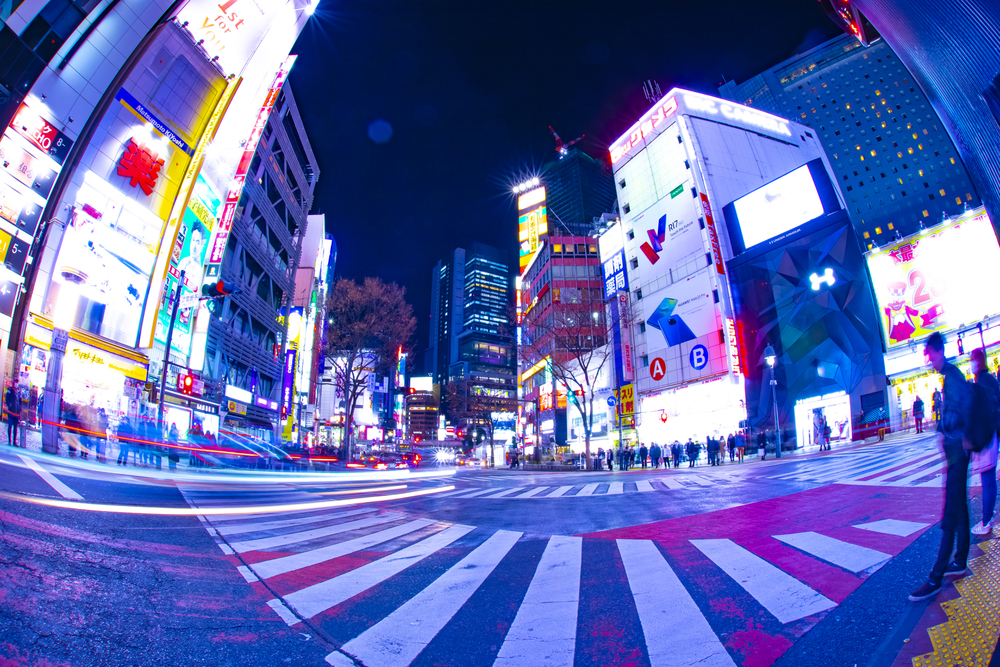
Tokyo proves that massive cities can still be incredibly walkable when they’re designed with pedestrians in mind. The city’s train system connects distinct neighborhoods, each with its own unique personality and plenty to explore within a short distance.
Districts like Shibuya, Harajuku, and Ginza pack restaurants, shops, and cultural sites so densely that you can easily spend entire days wandering without ever feeling like you need wheels.
Singapore

This island city-state treats pedestrians like royalty, offering covered walkways, elevated bridges, and air-conditioned underground passages that connect major areas. The tropical climate would normally make walking challenging, but Singapore’s thoughtful urban planning keeps you comfortable as you move between shopping districts, parks, and cultural quarters.
Marina Bay to Chinatown becomes a pleasant 30-minute stroll rather than an endurance test.
Like Travel Pug’s content? Follow us on MSN.
Seoul, South Korea
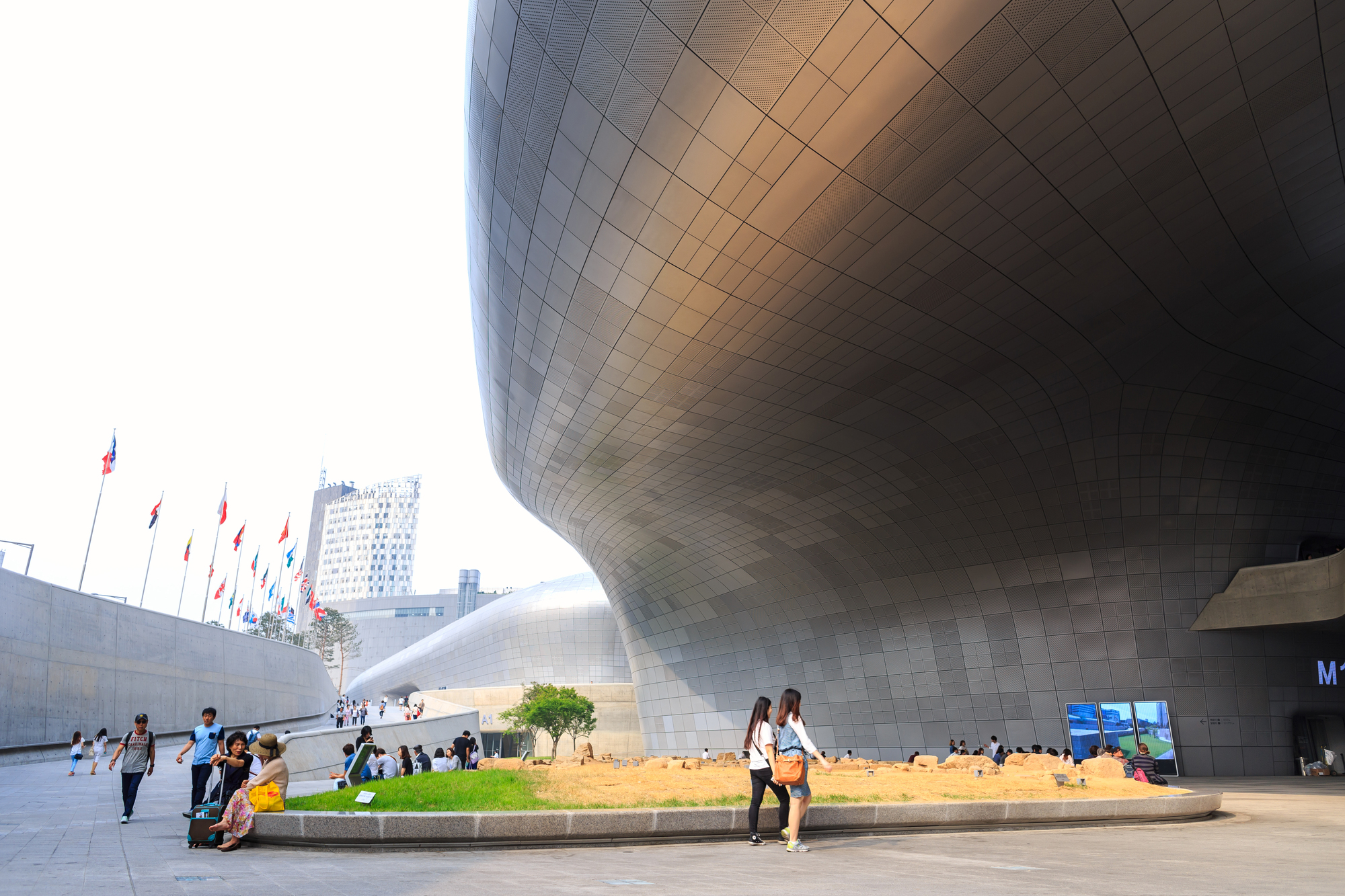
Seoul’s neighborhoods feel like self-contained villages where everything you need sits within walking distance. The city mixes modern infrastructure with traditional markets and historic sites, creating natural walking routes that keep surprising you around every corner.
Hongdae, Myeongdong, and Insadong each offer completely different experiences, yet all reward slow exploration on foot rather than rushing through by car.
Hong Kong
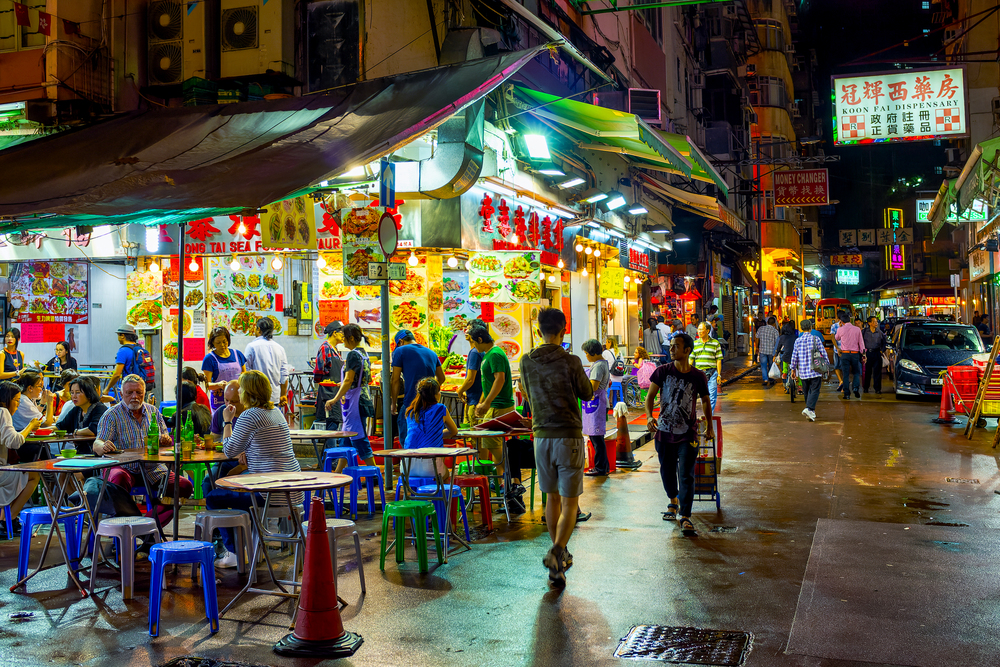
Hong Kong’s compact layout and excellent public transport make it a walker’s paradise, especially when you factor in the elaborate system of covered walkways connecting buildings. The city builds upward rather than sprawling horizontally, which means you can cover multiple neighborhoods without traveling huge distances.
Central to Tsim Sha Tsui via the Star Ferry becomes a scenic journey that combines harbor views with dense urban exploration.
Kyoto, Japan

Kyoto’s grid system makes navigation simple while keeping historic districts perfectly preserved for peaceful walking. The city balances tourist-heavy areas like Gion with quiet residential streets where you can walk for miles without seeing another foreigner.
Temple-hopping becomes a natural exercise when sites like Kiyomizu-dera and Fushimi Inari connect through walkable neighborhoods filled with traditional architecture.
Like Travel Pug’s content? Follow us on MSN.
Bangkok, Thailand

Bangkok might seem chaotic for walking, but certain districts offer surprisingly pedestrian-friendly experiences once you know where to look. Areas like Sukhumvit, Silom, and the old town around the Grand Palace connect through sky bridges, river ferries, and wide sidewalks that actually accommodate foot traffic.
The city’s famous street food culture makes every block a potential dining discovery.
Kuala Lumpur, Malaysia
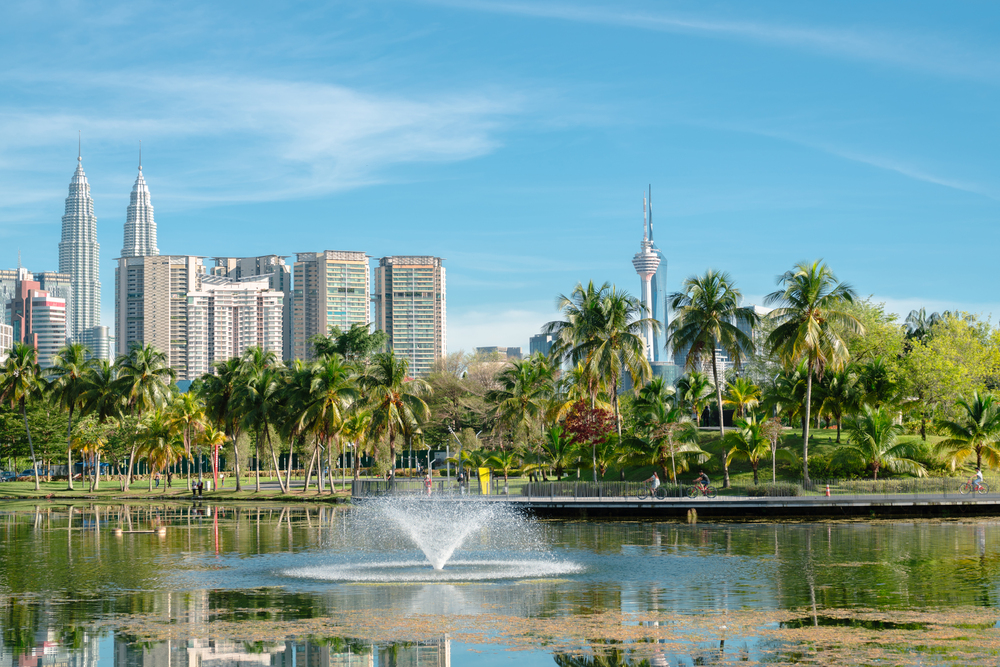
Kuala Lumpur’s city center concentrates most attractions within a walkable core, connected by air-conditioned pedways that make the tropical heat manageable. The Golden Triangle district puts shopping, dining, and cultural sites within easy reach of each other.
Chinatown and Little India offer particularly rewarding walking experiences where every street reveals new flavors and textures.
Taipei, Taiwan
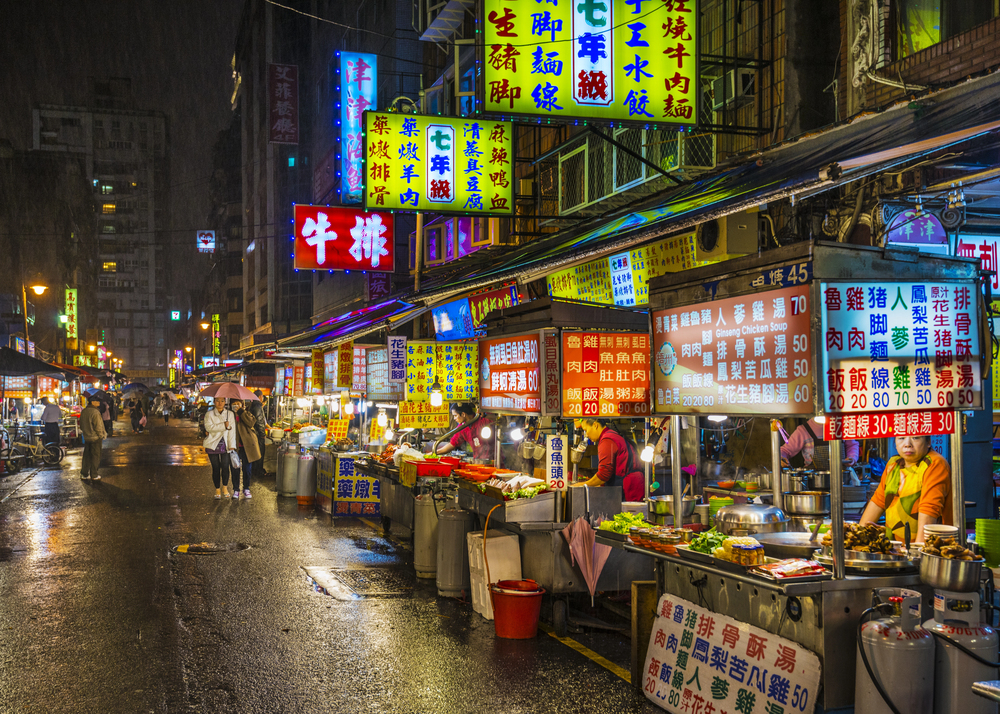
Taipei combines wide sidewalks with logical city planning, making walking both pleasant and practical. The city’s famous night markets naturally encourage strolling, while districts like Ximending and Da’an create pedestrian-friendly zones where cars take a backseat to foot traffic.
The MRT system connects walkable neighborhoods so efficiently that you rarely need other transport.
Like Travel Pug’s content? Follow us on MSN.
Osaka, Japan
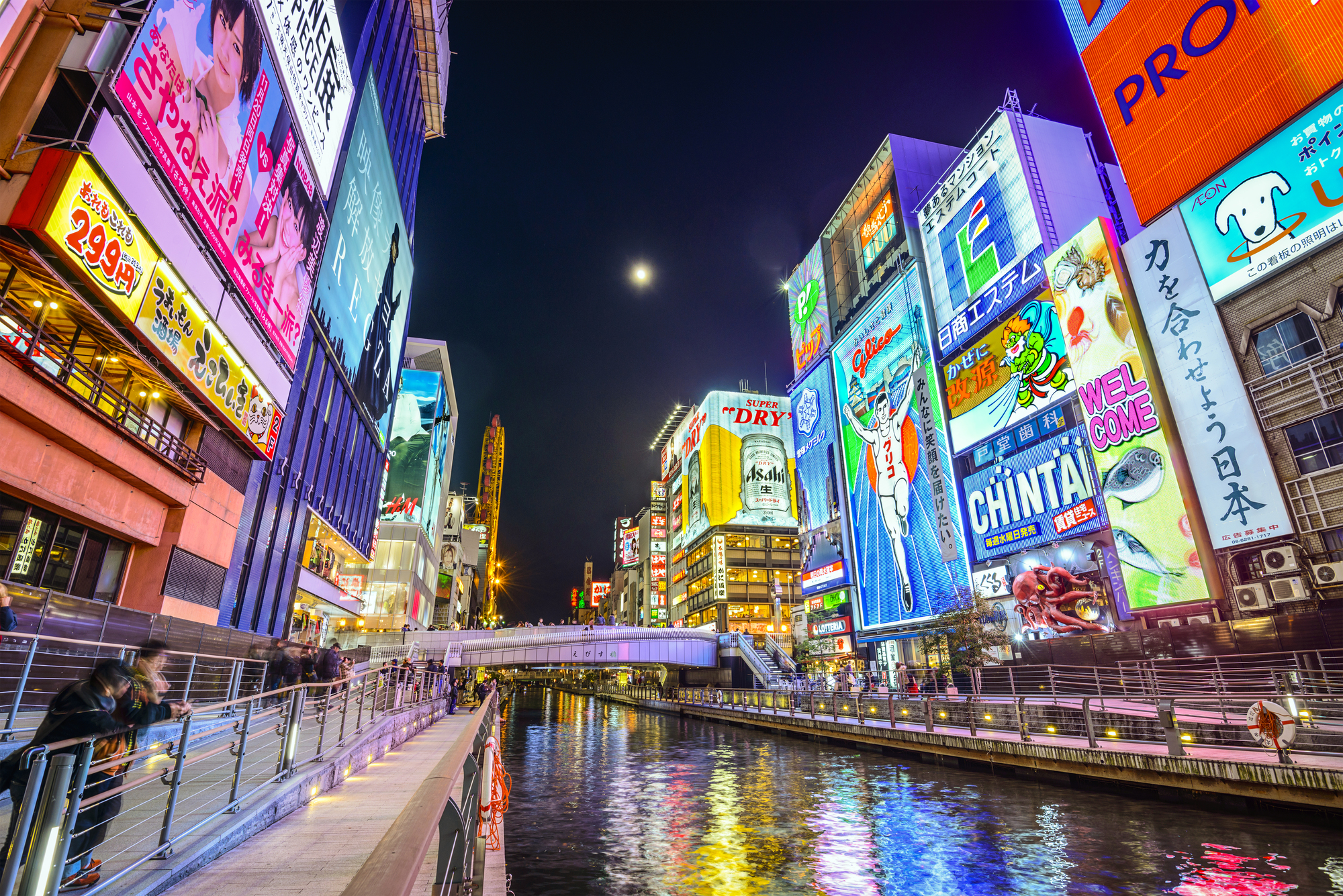
Osaka’s food culture practically demands walking as you hunt down the best takoyaki stands and ramen shops scattered throughout the city. Districts like Dotonbori and Shinsekai are packed with restaurants and entertainment, making walking the most efficient way to experience everything.
The city’s flat terrain and grid-like streets make navigation simple even for first-time visitors.
Penang, Malaysia
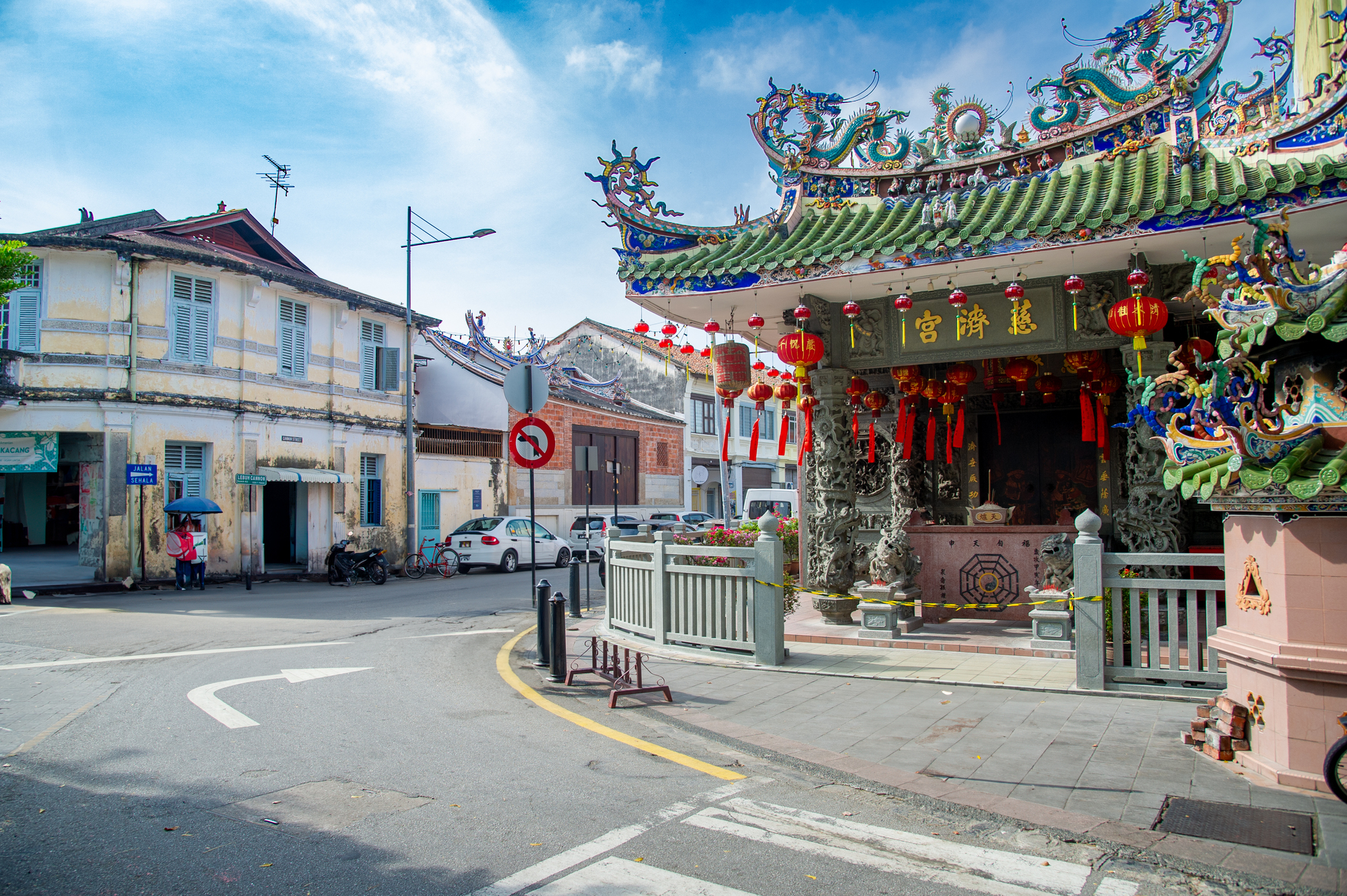
George Town’s UNESCO World Heritage status is partly due to its perfectly preserved streetscapes, which invite hours of aimless wandering. The city’s compact colonial core mixes Chinese shophouses, Indian temples, and British architecture within a few square miles of highly walkable terrain.
Street art and food stalls appear around every corner, rewarding slow exploration over quick visits.
Chiang Mai, Thailand
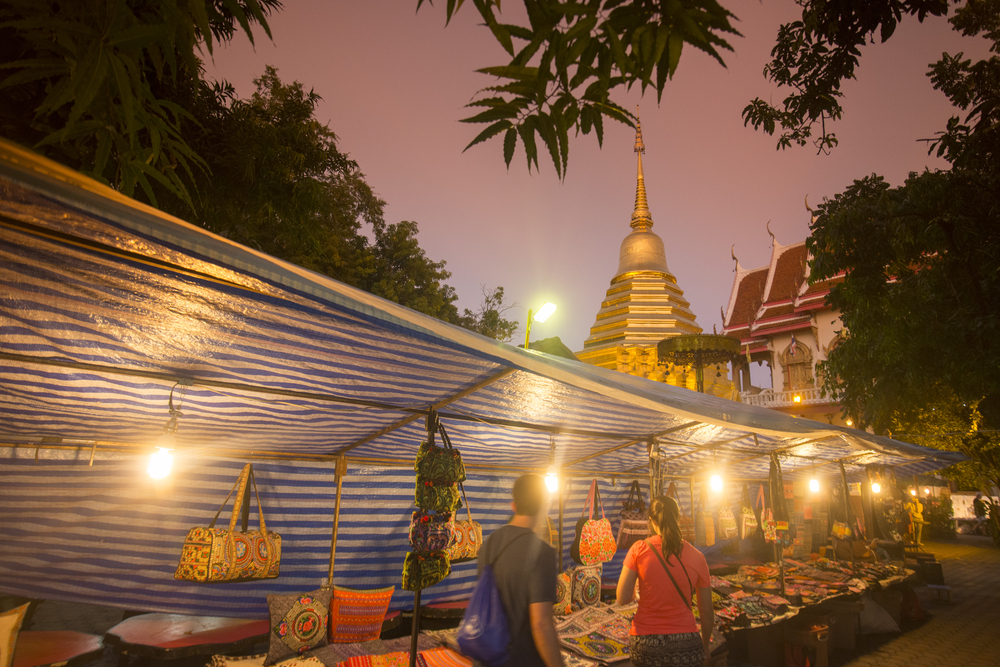
Chiang Mai’s old city sits within ancient walls that create natural walking boundaries, while the moat and surrounding areas expand your exploration options without overwhelming distances. The city’s temple density means you’re never more than a few blocks from stunning architecture and peaceful courtyards.
Night markets and weekend walking streets transform certain areas into car-free pedestrian paradises.
Like Travel Pug’s content? Follow us on MSN.
Ho Chi Minh City, Vietnam
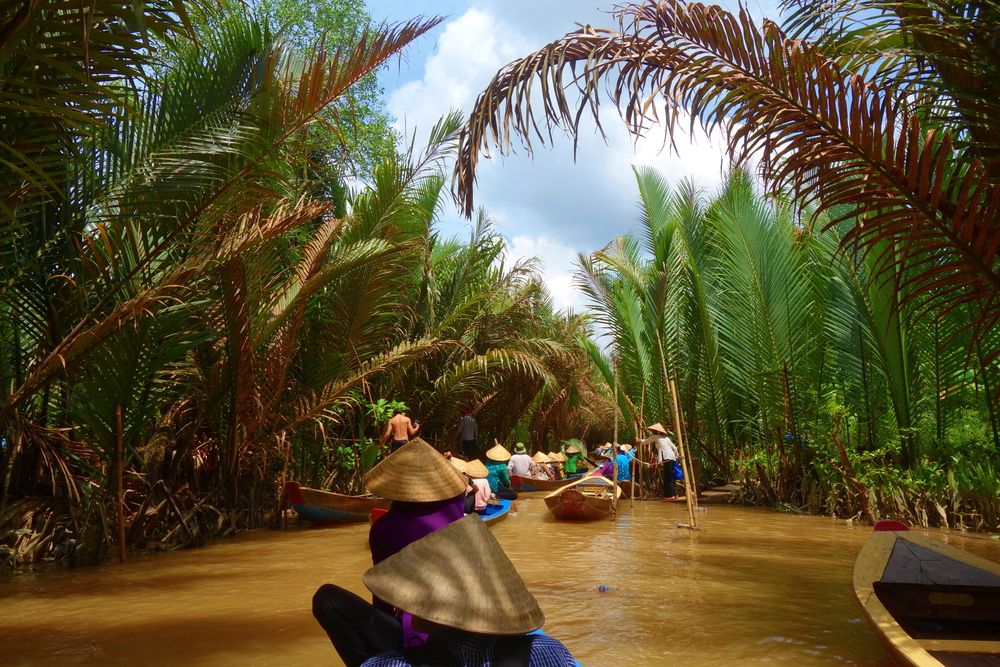
Ho Chi Minh City’s organized chaos actually works in pedestrians’ favor once you learn to navigate the motorbike traffic with confidence. Districts like District 1 are concentrated with hotels, restaurants, and attractions within easy walking distance of one another.
The city’s cafe culture encourages frequent stops that break up longer walks into manageable segments.
Manila, Philippines

Manila’s Intramuros district preserves the Spanish colonial era in a compact, highly walkable area that contrasts sharply with the sprawling modern metropolis. Makati’s business district creates another pedestrian-friendly zone with covered walkways connecting office towers, hotels, and shopping centers.
The city’s jeepney system efficiently fills gaps between walkable neighborhoods.
Hanoi, Vietnam

Hanoi’s Old Quarter features 36 ancient streets, each traditionally dedicated to a specific trade, creating a natural walking tour through Vietnamese culture and commerce. The narrow streets and dense architecture make walking not just pleasant but necessary for experiencing the city’s legendary street food scene.
French colonial areas like the Opera House district offer wider boulevards perfect for longer strolls.
Like Travel Pug’s content? Follow us on MSN.
Shanghai, China

Shanghai’s Bund waterfront creates one of Asia’s great urban walks, stretching for miles along the Huangpu River with stunning skyline views. The city’s former French Concession preserves tree-lined streets and European architecture that feels worlds away from the futuristic Pudong district.
Metro connections between walkable neighborhoods make it easy to explore different areas in a single day.
Busan, South Korea

Busan’s coastal setting provides natural walking routes along beaches and harbors that most cities can’t match. The Gamcheon Culture Village creates a hillside walking experience through colorful houses and art installations.
Haeundae Beach and nearby Dongbaek Island offer seaside strolls that combine urban exploration with natural beauty.
Macau

Macau’s compact size means you can walk from Portuguese colonial districts to modern casino areas in less than an hour, experiencing centuries of cultural fusion along the way. The historic center’s narrow cobblestone streets reward slow exploration, while the newer Cotai area offers wide pedestrian boulevards that connect mega-resorts.
The city’s mix of East and West creates unique walking experiences you won’t find elsewhere.
Like Travel Pug’s content? Follow us on MSN.
Mumbai, India

Mumbai’s diverse neighborhoods each offer distinct walking experiences, from the colonial architecture of the Fort district to the buzzing street life of Crawford Market. Marine Drive provides a scenic waterfront walk that locals call the ‘Queen’s Necklace’ for its nighttime lights.
The city’s intense energy makes every street feel alive with activity worth exploring.
Jakarta, Indonesia

Jakarta’s newer developments, such as Grand Indonesia and Central Park, create air-conditioned walking networks that effectively combat the tropical climate. The old town (Kota Tua) preserves Dutch colonial architecture in a compact area perfect for historical walking tours.
The city’s rapid transit development is increasingly connecting walkable districts with efficient public transportation.
Colombo, Sri Lanka
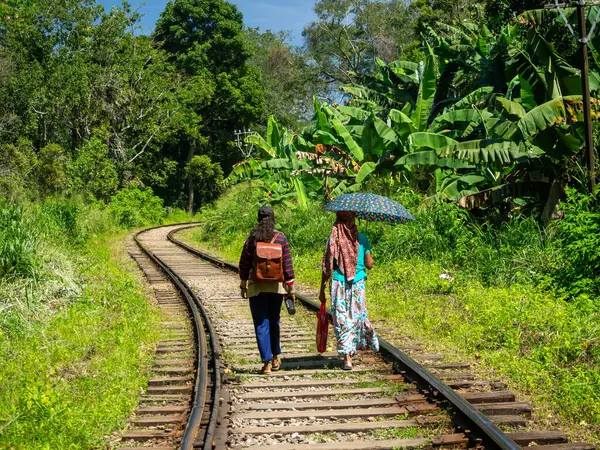
Colombo’s Fort district and Pettah market areas offer concentrated walking experiences through Sri Lankan urban culture and commerce. The Galle Face Green provides a massive oceanfront park perfect for evening strolls and people-watching.
Recent urban development has significantly improved sidewalks and pedestrian infrastructure, making walking more comfortable than ever before.
Like Travel Pug’s content? Follow us on MSN.
Where Ancient Streets Meet Modern Steps
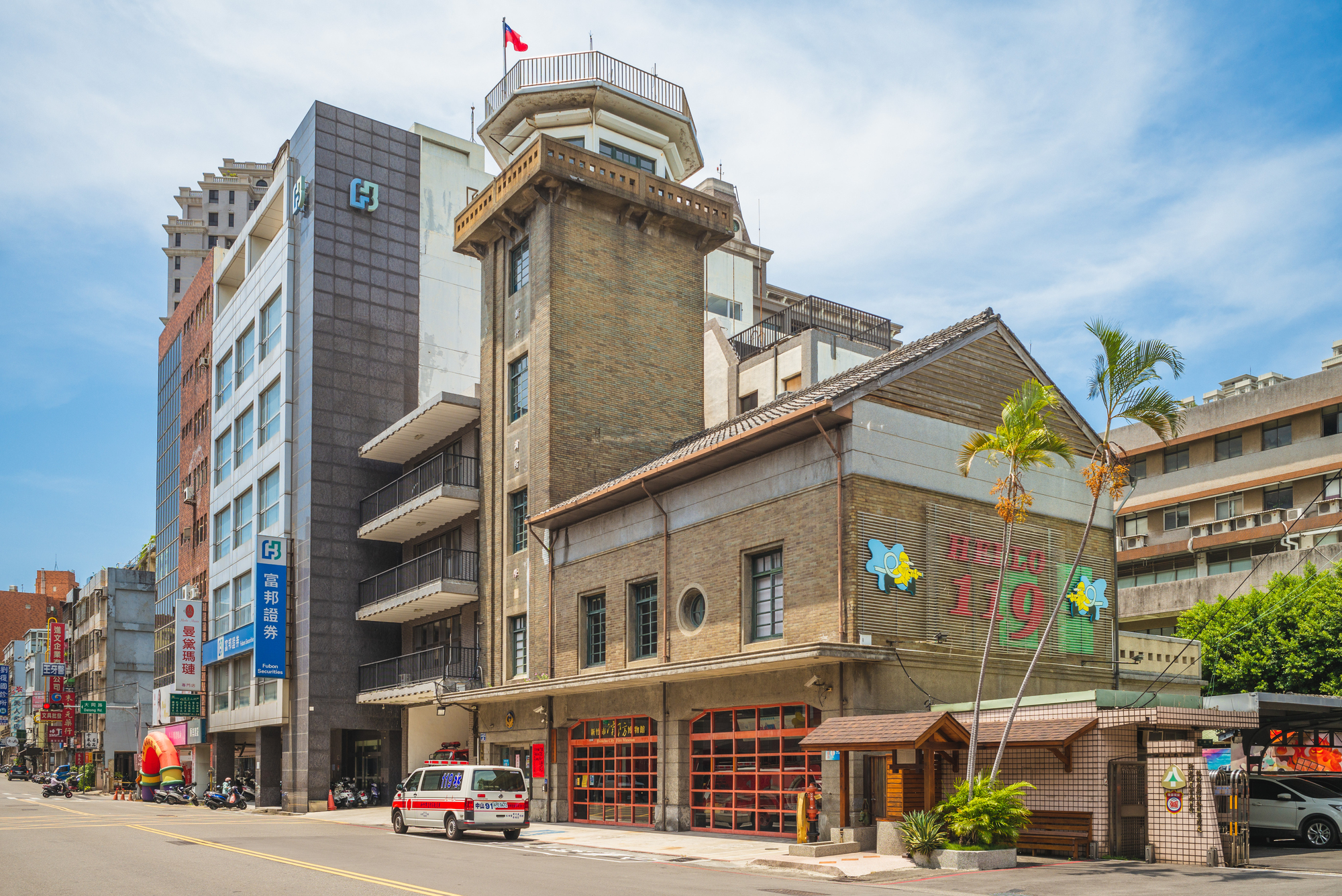
These walkable Asian cities prove that the best urban experiences happen at human speed, where you can notice details that blur past from vehicle windows. From Tokyo’s efficient pedestrian networks to Penang’s heritage streetscapes, each destination rewards travelers who choose sidewalks over speedways.
The cities that prioritize walking don’t just move people more efficiently—they create spaces where cultures mix, stories unfold, and unexpected discoveries wait around every corner. Your feet become the most reliable transport for experiencing Asia’s urban soul.
More from Travel Pug

- 20 Best Beach Towns in the Carolinas
- 13 Destinations Where Tourists Regularly Regret Their Trip
- 20 Destinations That Are More Magical Without an Itinerary
- 20 Underrated Adventures That Belong on Your Travel List
- 20 Cities Where You Should Just Wing It, No Planning Required
Like Travel Pug’s content? Follow us on MSN.N.
